You can probably remember opening the hood on a 1980s car or truck if you are an older tech, where most parts were covered in a sea of semi-gloss black paint. Hoses, wiring looms and intake manifolds were naked in the engine bay. Under the hood, it was monochromatic, like a black and white movie.
In the 1990s, the engine bays got a makeover or at least a new wardrobe in the form of plastic engine covers. These covers are becoming a plague for technicians, and it is only getting worse. In my opinion, every year they get bigger and more difficult to remove.
They used to “clean up” the engine bay, hiding unsightly wire harnesses, piping and intake manifolds. My first experience with them was on a Buick 3800. The cover could be removed by twisting the oil cap and strategically pulling on the corners. Anybody could remove it in under five seconds.
Soon, I started to notice more of these covers. Like the 3800, it did not take any tools to remove them, or maybe just the turn of a few screws like on the Cadillac Northstar.
It got worse; I started to notice more insulation and fasteners. Some automakers like Hyundai saw the cosmetic and comedic value of these covers by making a transversely mounted V6 look like a longitudinally mounted V6.
Most engines could operate without the cover. When I visited a shop, there would often be a pile of engine covers at shops waiting for their owners to return. Most customers never noticed the cover was missing because they never opened the hood.
During the past decade, more of these covers are turning into sound-dampening devices so the driver is not exposed to the clatter of injectors, the whir of a camshaft or the drumming of the high-pressure fuel pump. Some OEMs are even molding resonance chambers into the cover for the air intake.
On one late-model engine, it took me more than five minutes to figure out how to remove the cover. Worst of all, it made the engine bay look like an appliance that could wash clothes or bake a cake.
Unfortunately, these covers add one more step to the repair process. In my opinion, it is not making it into the labor guides. Maybe there should be an extra labor charge if the engine does have a cover.
What is your worst engine cover? Send an email to [email protected].

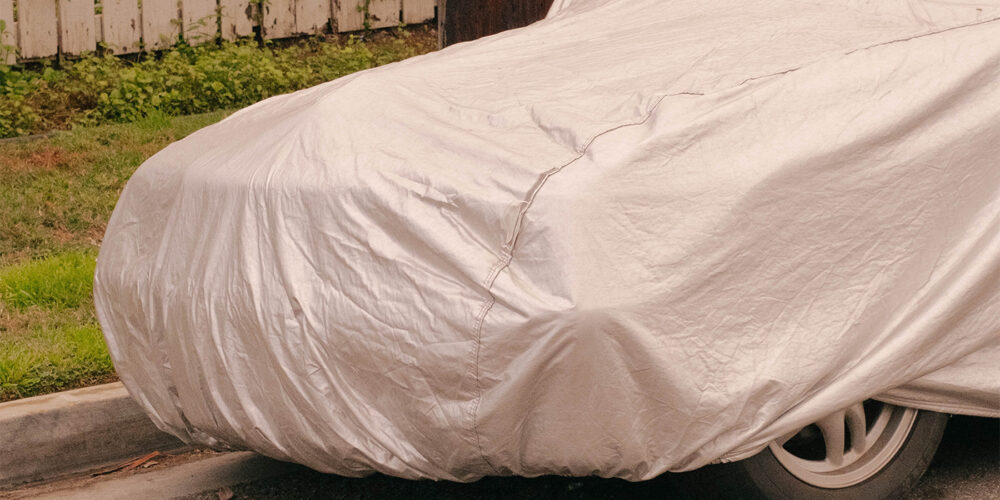
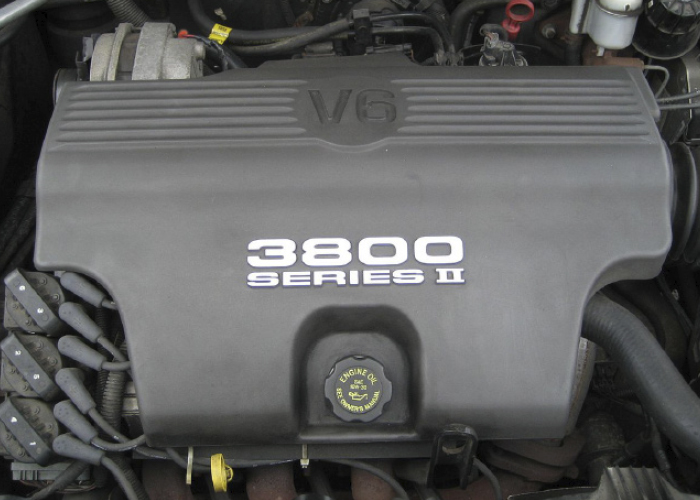
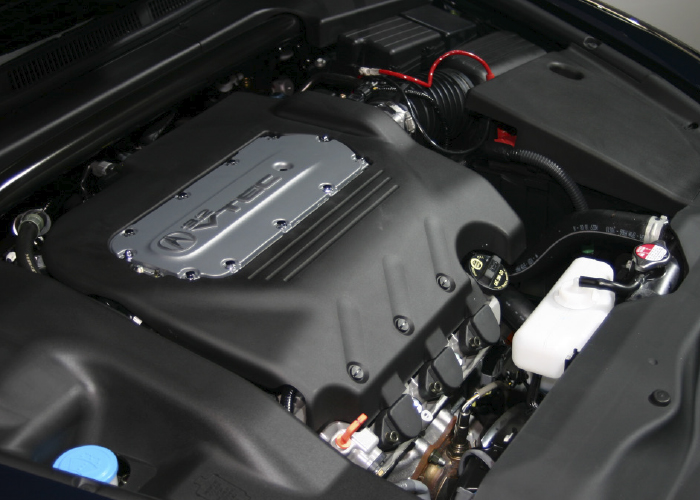
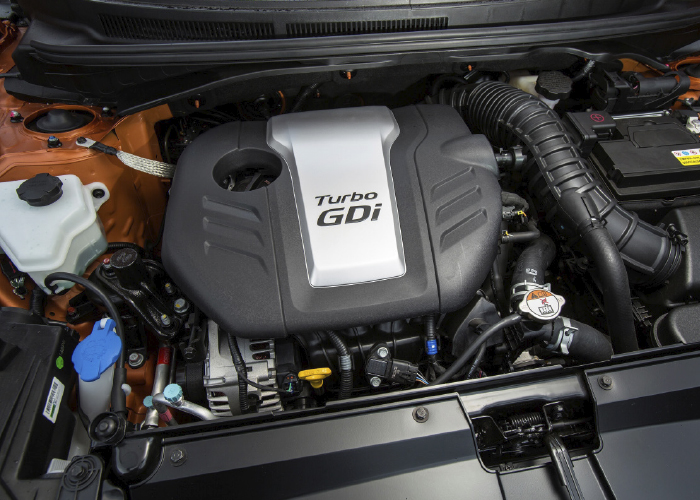
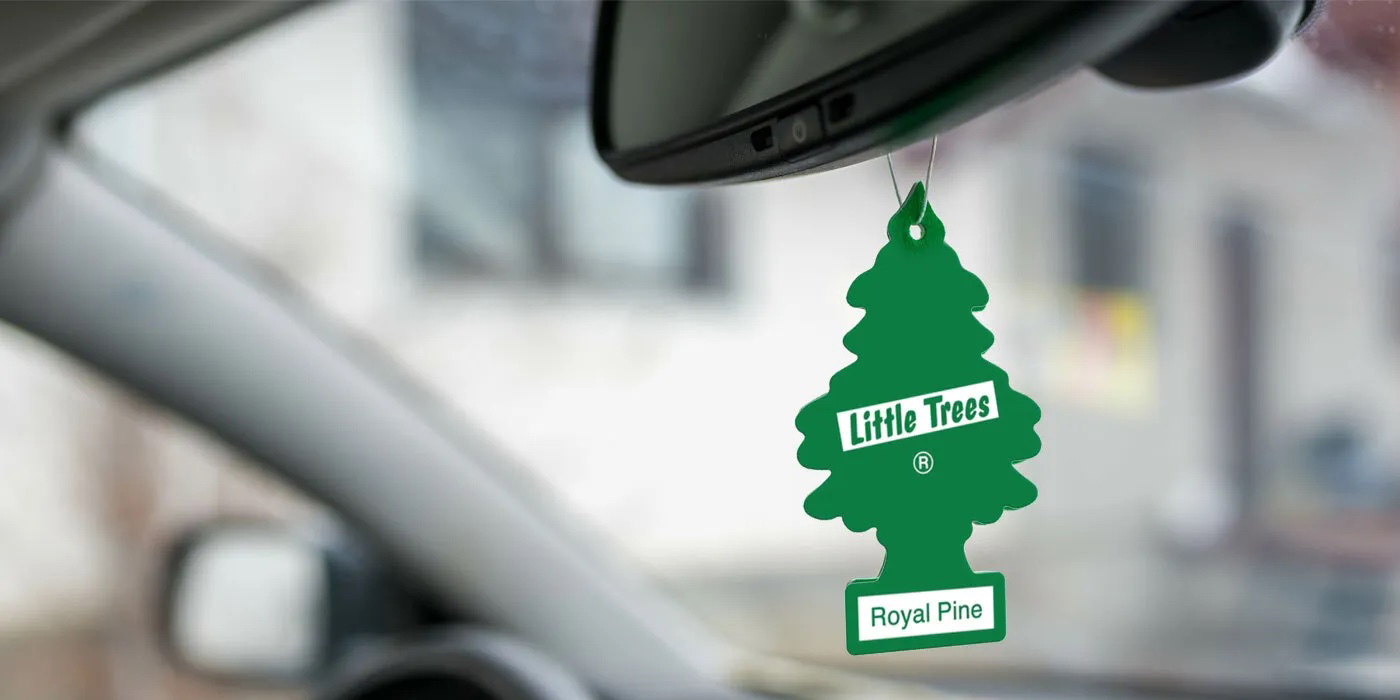



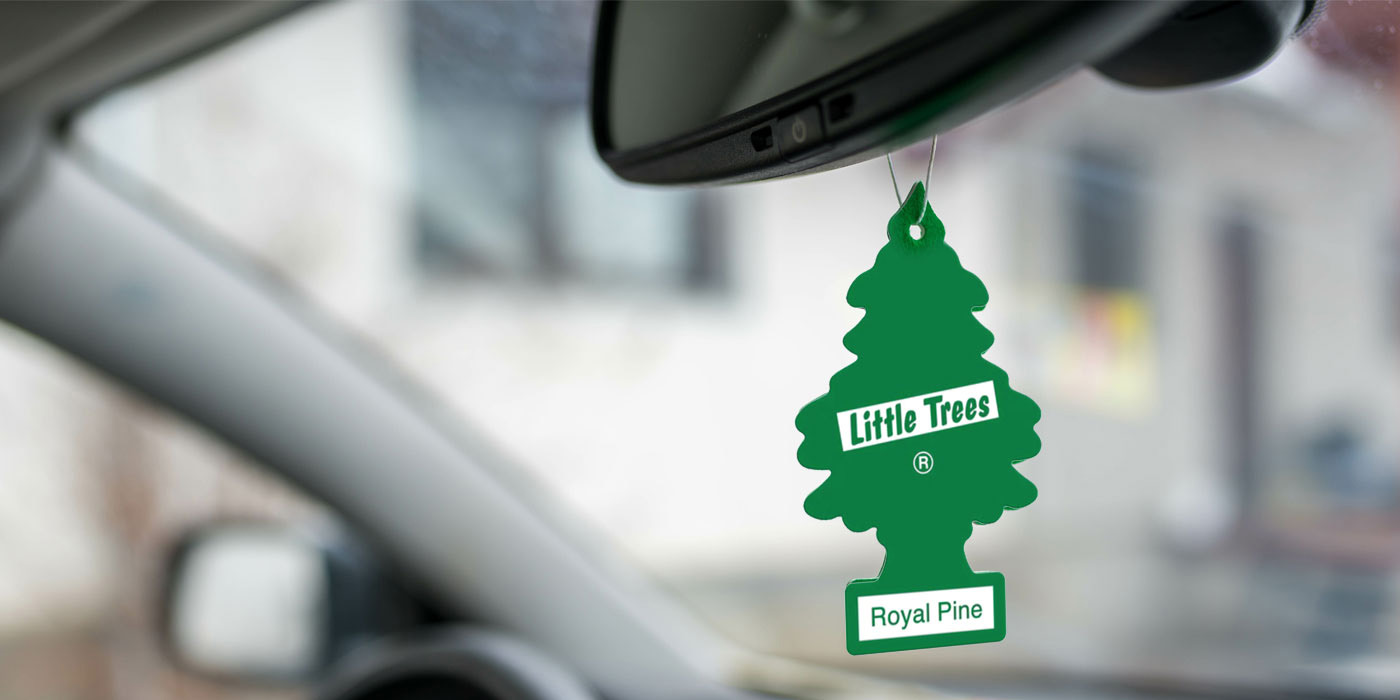







I once worked with a Romanian technician named Alex. He was a tiny guy who chain-smoked. His greatest fear was not a totalitarian dictator. It was fire and falling cars.
Back in those days, we used drop lights with incandescent bulbs. This was long before LEDs and rechargeable batteries. The bulbs would typically stop working when they were lightly jostled. If they were dropped, the glass bulb would shatter.